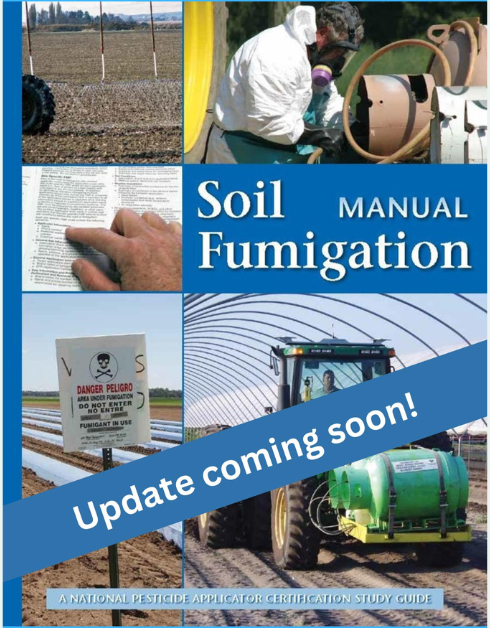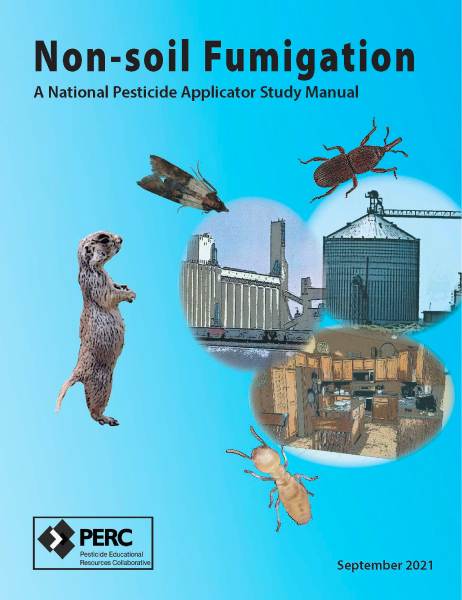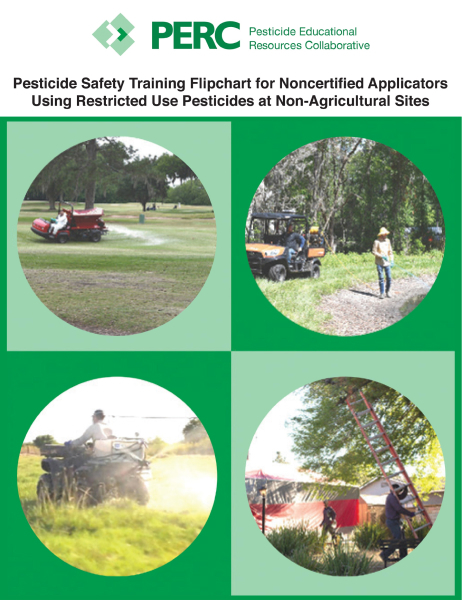Building Bridges Cultural and Language Barriers During WPS Inspections

Overview
The Building Bridges project developed resources to assist English-speaking Worker Protection Standard (WPS) inspectors in interviewing Spanish-speaking agricultural workers and pesticide applicators. Released in 2024, the project includes an interviewing guide and a flipchart. The foundational inspiration for this set of resources was the 2007 EPA Breaking Barriers document and its corresponding flipchart. The contemporary initiative addresses the cultural and language challenges faced during WPS inspections, which can impede effective communication and, consequently, the safety of farmworkers. The updated guide aims to assist inspectors in addressing various cultural sensitivities, including language differences, across various cultures. The updated interview flipchart aims to assist inspectors in effectively communicating with Spanish-speaking workers and handlers with limited English proficiency, thereby enhancing the interview process and ensuring better protection for the agricultural workforce.
Project Details
Effective communication during WPS inspections is critical for ensuring the safety of farmworkers, yet cultural and linguistic barriers can significantly impede this process. Specifically designed for pesticide inspectors, these tools aim to improve outreach to agricultural workers and pesticide handlers from an array of backgrounds who have limited English proficiency.
The resources include:
- An Interviewing Guide: Outlining practical strategies to navigate and overcome cultural and language barriers, enhancing the inspector’s ability to conduct thorough and effective interviews. The strategies outlined in this guide are applicable to many cultural backgrounds.
- A Flipchart: Serving as a hands-on screening tool during interviews to aid in clear and effective communication. This flipchart is an example of resources designed to assist inspectors in communicating with Spanish-speaking workers and handlers. The flipchart may be used on a tablet or in printed format. (Click to download from Box) (Click to view on Google Slides)
Both the interviewing guide and flipchart are designed in alignment with the revised 2015 Worker Protection Standard, ensuring compliance with current regulatory expectations. These resources are available online for free in a digital format, with printable files available upon request for those wishing to create physical copies.
By expanding communication channels and enhancing the tools available to inspectors, the Building Bridges project aims to streamline the interview process and improve the protective measures in place for the agricultural workforce.
The Team
Building Bridges Project Coordinator Carmina Hanson is also a PERC Advisory Board Member and works with the Structural Pest Control and Pesticides Division at the North Carolina Department of Agriculture and Consumer Services. Her expertise in pesticide regulation, education, and training is highly valued. With a focused emphasis on the WPS, Hanson brings many years of experience in this specialized field. Her professional journey is marked by significant contributions to developing and translating instructional materials for pesticide applicators and farmworkers. This critical work ensures that vital safety information is accessible and understandable to a broad audience. Hanson's fluency in Spanish is a key asset in this endeavor, allowing her to bridge language barriers and enhance the effectiveness of training and educational programs.
Jenna Gibbs is the Building Bridges Lead Writer and the Director of Operations for the Ag Health and Safety Alliance (AHSA), an international nonprofit organization dedicated to enhancing health and safety in agriculture. Her role involves orchestrating the “Gear Up for Ag Health and Safety™ program, aiming to educate young adults in agricultural high schools and colleges on various health and safety topics. Gibbs' efforts focus on interactive, evidence-based curriculum development with a mission to reduce future agricultural-related injuries, fatalities, and illnesses in rural communities. She has a doctoral degree in occupational health and safety, with a focus on pesticide safety specifically.
Juan Concha-Holmes, Building Bridges Graphic Designer and Reviewer, is a seasoned creative facilitator with a robust background in social development and participatory research. With a Master's in Cultural Studies, Juan brings a unique perspective to his work. As the owner of Web Art Hosting, he excels in e-learning, graphic design, and commercial projects. Juan has played a crucial role in PERC's production, serving as a coauthor, translator, reviewer, and board member. His contributions extend to the development, review, and translation of various educational materials. Notably, as a Curriculum Specialist, Concha-Holmes spearheaded the creation of the impactful "Yes We Can!" training program for the Farmworker Association of Florida in collaboration with OSHA. This program focuses on empowering immigrant farmworkers by addressing their rights, health, and safety. In summary, Juan Concha-Holmes brings a wealth of expertise and creativity to PERC, making significant contributions to our initiatives.
Christian Gella is the Building Bridges Image Researcher and Editor, who is an integral part of the PERC team at the University of California Davis Continuing and Professional Education. His background in founding a charter middle school in California as well as the creation of a bilingual curriculum is an asset to Building Bridges and the PERC team alike.
For More Information
Please direct your questions to PERCsupport@ucdavis.edu. Feel free to share with colleagues and peers by forwarding this webpage. Also, check us out on social media for updates!

Regulatory Guidance
Browse brief guides about protections for workers and handlers, the AEZ, posting, PPE, exemptions, training, respirators, and more, in English and Spanish.





